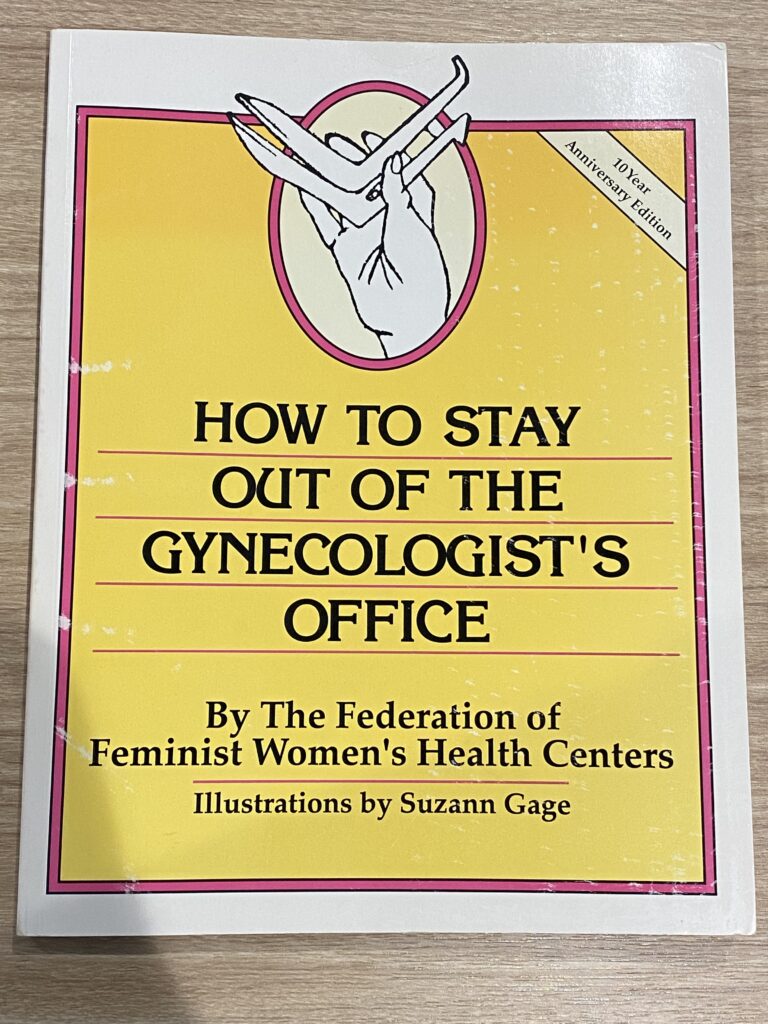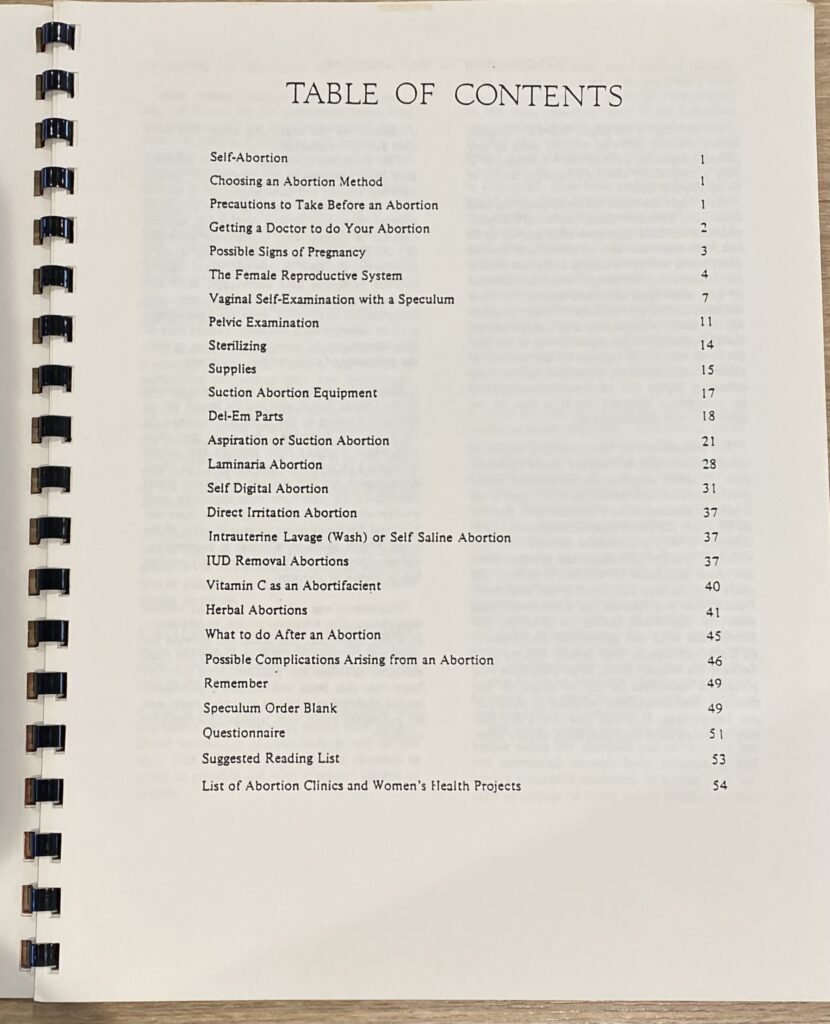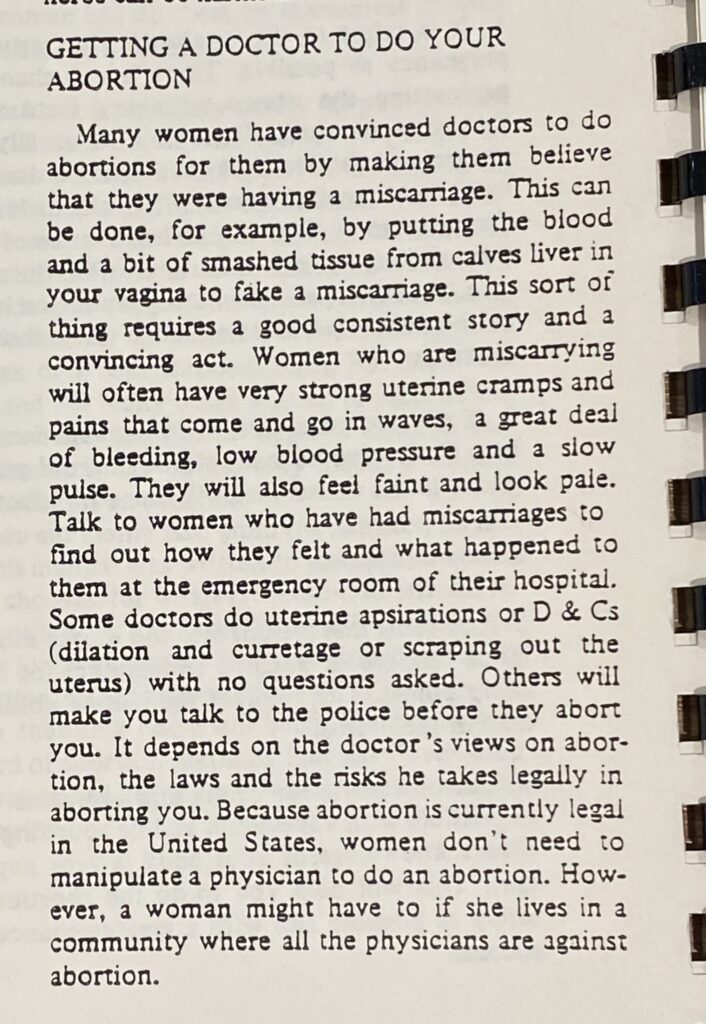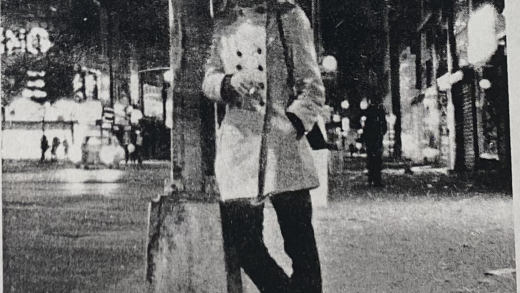Alexa DeWitt
“The Culture of Abortion Before and After Roe” delves deep into the historical and contemporary climate of abortion access, comparing the periods before Roe v. Wade and after the Dobbs v. Jackson Supreme Court decision. From the dangerous and exploitative conditions women faced seeking abortions in the pre-Roe era to the shifting circumstances of today, shaped by legal challenges and technological advancements. This podcast uncovers the stark differences in access, methodologies, and privacy concerns. Join us as we navigate through these pivotal moments in the history of reproductive rights and the ongoing challenges regarding abortion access.



Transcript
In this podcast I’m going to be discussing the climate of abortion access before Roe versus after its overturning in Dobbs. What was it like for women trying to get access to an abortion in the 60s before it had been legalized? How was that experience different from today with many states once again criminalizing abortion? What is preventing things from reverting back to how they were before Roe? Stay tuned to find out.
Before the landmark decision of Roe v. Wade in 1973, the culture surrounding abortion in the United States was shrouded in danger, exploitation, and desperation. Access to safe abortion was nearly nonexistent and women faced severe challenges when seeking to terminate pregnancies. The atmosphere was one of secretive networks, exorbitant costs, and methods that often endangered women’s lives.
During the 1960s, seeking an abortion was an extremely risky and uncertain process. Women often encountered abortion providers who demanded extreme sums of money, sometimes upwards of $1000 in cash. Additionally, some male abortion providers exploited their positions, coercing women into unwanted sexual encounters before providing the procedure. Speed was prioritized over safety and care, with anesthesia avoided as it extended recovery times. Many abortion providers were callous and neglectful, failing to take proper precautions against potential hemorrhage or infection. This put many women’s lives unnecessarily at risk.
In response to these dire circumstances, a brave group of young women in Chicago formed an underground abortion network known as the “Abortion Counseling Service of Women’s Liberation” in 1969. Initially, they offered referrals to legitimate providers but eventually learned to perform abortions themselves safely. This group became known as Jane, and they performed over 11,000 abortions between the late 1960s and the Roe v. Wade ruling in 1973.
However, many women did not have access to movements such as Jane and were forced to resort to other methods. One of these methods is discussed in a book in the Smith College Archives entitled “When Birth Control Fails: How to Abort Ourselves Safely”. There is a passage that discusses getting a doctor to do your abortion. This passage continues to depict how women successfully convinced doctors to do abortions for them by making the doctor believe that they were having a miscarriage. It goes as far as suggesting putting the blood and a bit of smashed tissue from calves liver in your vagina to make it appear as though you are having a miscarriage. It additionally describes symptoms that women having miscarriages often experience, to allow you to make your act more convincing.
Alternatively, some women would turn to more unconventional methods, such as herbal remedies, but many learned a technique that feminists called “menstrual extraction”. This method uses a syringe, flexible plastic tubing, and a mason jar to extract the contents of the uterus. This process was actually much less invasive and painful than the procedure that doctors providing medically necessary abortion would use, which involved stretching the cervix and scraping the uterine walls.
This pre-Roe v. Wade era was characterized by the dangerous and exploitative landscape that women were forced to navigate in order to receive abortions. It was a time marked by grassroots activism, underground networks, and innovative approaches by feminists to provide safer options for women in desperate need of reproductive care.
In contrast, the climate of abortion has evolved quite significantly into what it is today in the wake of the Dobbs v. Jackson Supreme Court decision. With legal challenges restricting access to in-clinic procedures, a new era emerged where alternative methods, particularly medication abortion, have gained prominence as a means of terminating pregnancies.
This new method has essentially eliminated use of invasive abortion procedures. Medication abortion utilizes FDA-approved drugs commonly referred to as “abortion pills”. These two medications, taken orally, are mifepristone and misoprostol. Mifepristone interrupts the flow of progesterone, which is the hormone that sustains the pregnancy. Misoprostol causes contractions to expel the contents of the uterus. While misoprostol can be used alone to end a pregnancy, the combination of both medications is far more common.
Before Dobbs, these pills were available through websites, however a combination pack would cost hundreds of dollars. Now, a combination pack is available from several websites for less than $50, and can be purchased without a prescription. This also means that individuals can obtain these pills in advance as a precaution for if they were to experience an unwanted pregnancy.
An alternative method of obtaining these pills is through telemedicine. It is a relatively simple process where patients fill out an online form and after being approved by a clinician they receive the abortion pills in two to five days. The cost is $150, but this can be adjusted to be less for those who are unable to pay the full amount. Throughout the abortion process patients are able to communicate with clinicians via email or phone, ensuring both guidance and support.
The enactment of telemedicine provider shield laws has played a crucial role in sustaining this new option for accessing abortion care. Extensive research and scrutiny during the formulation of these laws aimed to ensure compliance with constitutional and interstate legal frameworks, establishing a solid foundation for these telemedicine-based abortion services.
The culture of abortion before Roe and after Dobbs reflects significant shifts in access, methodologies, and privacy concerns. The pre-Roe era was a time with extremely limited options leading to both underground networks and exploitative practices. Women faced significant danger when seeking abortion and ultimately were forced to resort to unsafe methods. While there is a similar lack of options post-Dobbs, access to abortion pills has become more affordable and accessible through online platforms, offering a relatively safe alternative amidst legal restrictions on in-clinic procedures.
However, with the addition of the internet and developing technologies there has risen a threat to privacy and the potential use of technology for increased surveillance. The rise of period-tracking apps poses privacy concerns as these platforms gather sensitive health data while being exempt from federal health privacy laws like HIPAA. This has caused concern that data from these apps could be used legally as evidence in areas that have criminalized abortion.
And so while we have seen many changes in the climate of abortion from pre-Roe to post-Dobbs, such as medical advancements that have led to safer and less invasive abortion methods, there continues to be a serious threat to abortion access. The overturning of Roe v. Wade has caused a significant increase in concern for the state of women’s rights and has proved that the future remains extremely uncertain. This has been “The Culture of Abortion Before and After Roe,” thanks for joining me.
References
Baker, Carrie N. “Abortion How-to: The Ms. Q&A on Menstrual Extraction with Carol Downer.” Ms. Magazine, July 14, 2022. https://msmagazine.com/2022/07/14/abortion-how-to-carol-downer-menstrual-extraction/.
Baker, Carrie N. “Abortion Pills Are Now *free* in States with Abortion Bans, through Community Support Networks.” Ms. Magazine, July 31, 2023. https://msmagazine.com/2023/07/18/free-cheap-abortion-pills/.
Baker, Carrie N. “U.S. Clinicians Can Now Mail Abortion Pills to States Banning Abortion, Thanks to Shield Laws in Five States.” Ms. Magazine, July 27, 2023. https://msmagazine.com/2023/07/24/usa-mail-abortion-pills/.
Harris, Madison. “The New Dangers Surrounding Period-Tracking Apps.” In Our Own Voice, August 31, 2022. https://blackrj.org/the-new-dangers-surrounding-period-tracking-apps/#:~:text=This%20essentially%20gives%20these%20apps,even%20in%20instances%20of%20miscarriage.
“History of Abortion.” Feminist.com. Accessed November 20, 2023. https://www.feminist.com/resources/ourbodies/abortion.html.
LaMotte, Sandee. “These Women Ran an Underground Abortion Network in the 1960s. Here’s What They Fear Might Happen Today.” CNN, April 23, 2023. https://www.cnn.com/2023/04/23/health/abortion-lessons-jane-wellness/index.html.
Women’s Health Specialists of California records, Sophia Smith Collection, SSC-MS-00790, Smith College, Northampton, Mass. https://findingaids.smith.edu/repositories/2/resources/1252 Accessed December 20, 2023.


